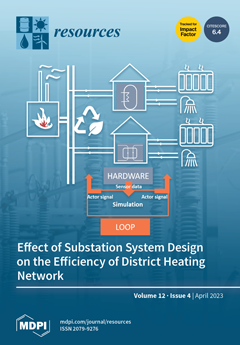The energy crisis and depleting fossil fuel resources have always been the focus of researchers. Fuel consumption of agricultural tractors is not an exception. Researchers have used different methods to predict fuel consumption. With the development of artificial intelligence in the last decade, all re-searchers’ attention has been directed towards it. Deep learning is a subset of machine learning, which was inspired by the data processing patterns in the human brain. The deep learning method has been used in research due to the advantages of high accuracy and generalization. So far, no research has used this method to predict fuel consumption. In this research, field experiments were carried out in sandy clay loam and clay soils to model the temporal fuel consumption and specific fuel consumption of an agricultural tractor using a convolutional neural network (CNN), while having some parameters such as the soil type, soil conditions, tool parameters, and operation pa-rameters. The experiments were conducted within each soil texture in a factorial manner based on the randomized complete block design (RCBD) with three replicates. For each soil texture, various moisture levels (8–17% for dry and 18–40% for moist soils), tractor forward speeds (1.2, 1.6, 1.8, and 2.2 km h
−1), working depths (30 and 50 cm), the number of passes (2 and 6), and tire inflation pressure (20 and 25 psi) were selected, and cone index, dynamic load, and moisture content were measured in each experimental section. The designed networks used to predict the instant fuel consumption were of a CNN type. The results indicated that the network developed based on the Sgdm algorithm outperformed the others, and thus it was selected for modeling purposes. The network was evaluated based on R
2 and MSE criteria. For the temporal fuel consumption, the best results were obtained while using 8-510-510-1 architecture with R
2 = 0.9729 and MSE = 0.0049. The 8-100-95-1 architecture also led to the best prediction of the specific fuel consumption with R
2 of 0.9737 and MSE of 0.0054. The high prediction accuracy and low error in this research compared to previous studies indicate the superiority of this method in order to predict fuel consumption. It was also observed from the results that the input parameters, which include soil, tool, and operational parameters, are all effective on fuel consumption. Proper management of some parameters, such as working depth, tire inflation pressure, and forward speed, can help to optimize fuel consumption.
Full article





